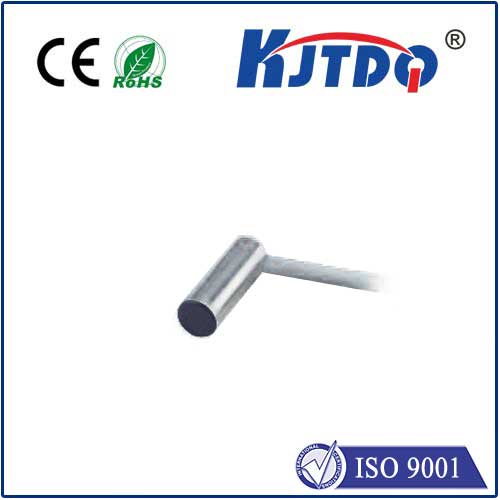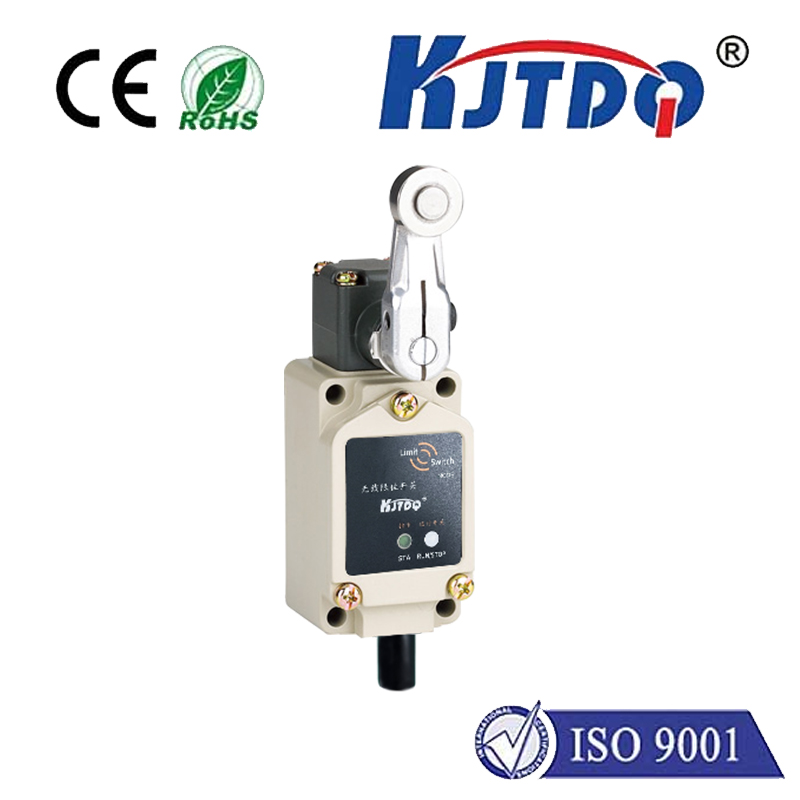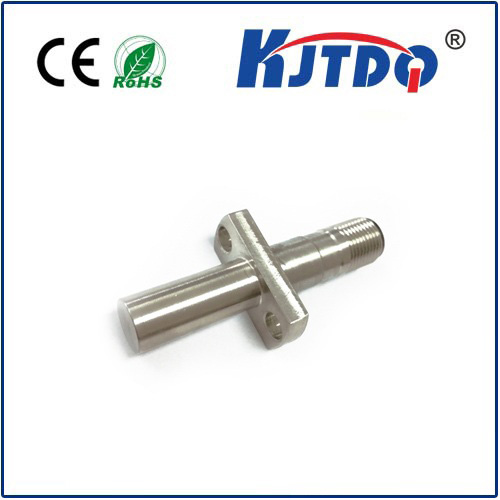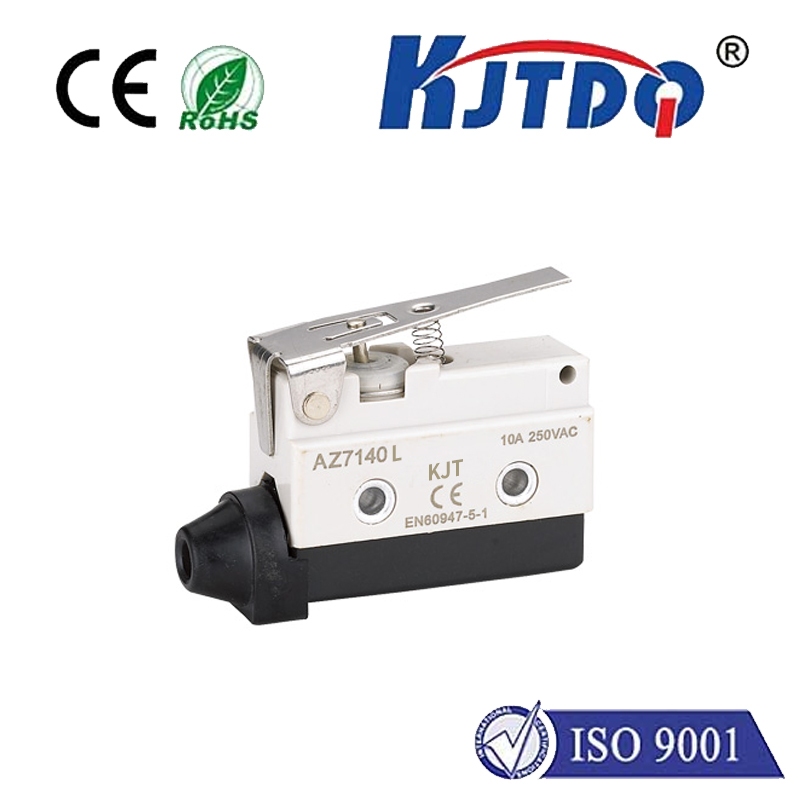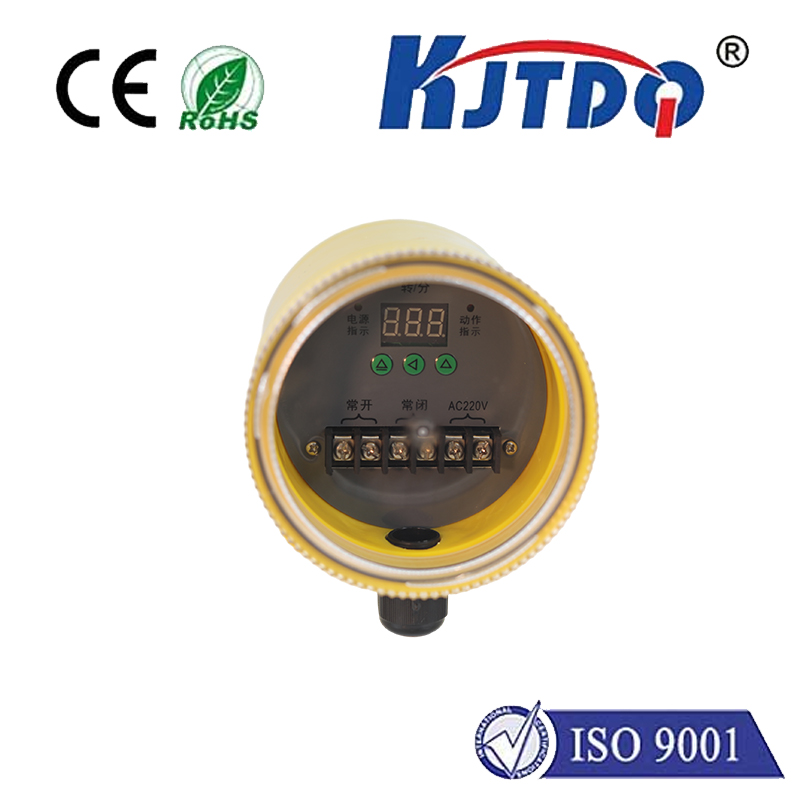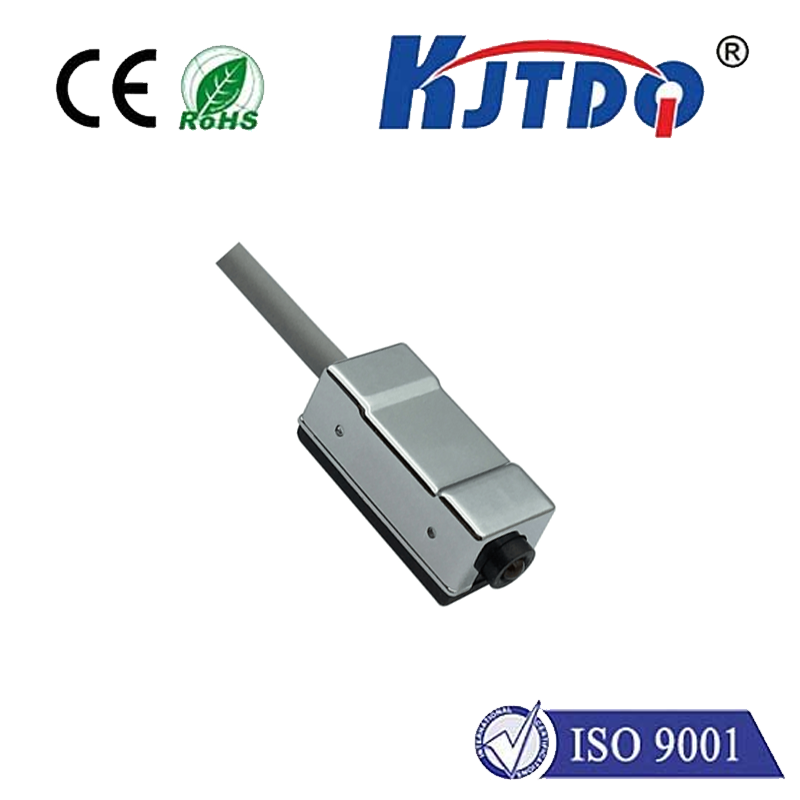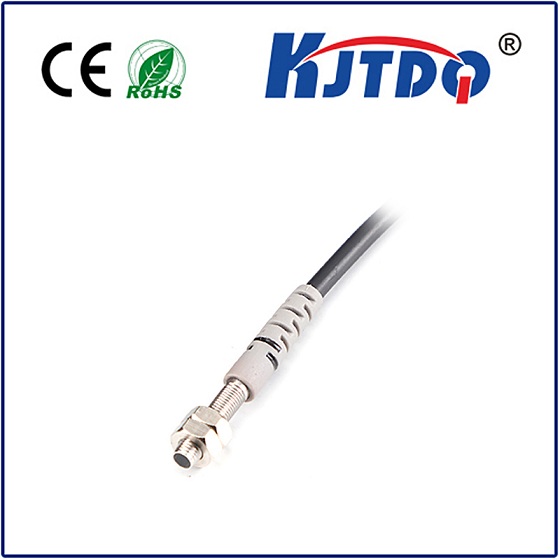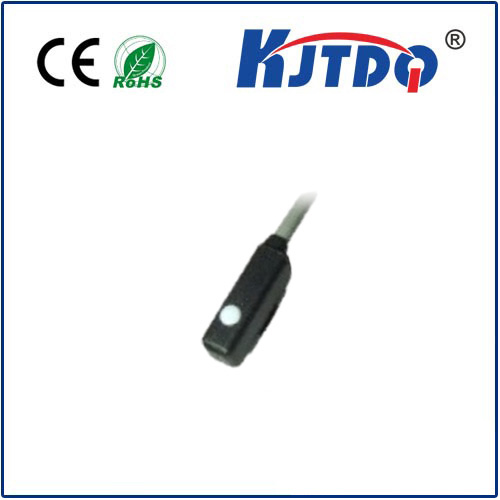

check

check

check

check

check

check

check

check

check

check
Title: The Advancements and Applications of Laser Encoder Sensors
Introduction:
In today's world, the demand for precision and accuracy in industrial processes is increasing rapidly. One of the key components that play a crucial role in ensuring such efficiency and accuracy is the laser encoder sensor. This innovative technology has revolutionized the way we measure, track, and control various physical parameters like position, velocity, and acceleration. In this article, we will delve into the advancements and applications of laser encoder sensors and their impact on modern industries.
1. The Evolution of Laser Encoder Sensors:
The concept of laser encoder sensors dates back to the early 1970s when scientists developed the first prototype of a laser pointer-based encoder. However, it was not until the 1990s that these encoders became widely available for commercial use. Since then, there have been significant advancements in both hardware and software technologies that have made laser encoder sensors more reliable, accurate, and cost-effective than ever before.
2. Key Features and Advantages of Laser Encoder Sensors:

Laser encoder sensors are designed to work seamlessly with rotating parts or machines by providing real-time measurements of their motion and position. Some of the key features and advantages of these sensors include:
* High-speed scanning: Laser encoder sensors can scan up to 16,000 pulses per second, making them ideal for high-speed applications like robotics, conveyor belts, and CNC machines.
* High precision: These sensors can measure distances ranging from a few millimeters to several meters with an accuracy of up to ±0.01 mm or better.
* Easy installation: Laser encoder sensors can be installed without any special tools or equipment, making them easy to integrate into existing systems.
* Cost-effective: With their low maintenance requirements and long lifespan, laser encoder sensors offer significant cost savings over traditional encoder technologies.
3. Applications of Laser Encoder Sensors:
The applications of laser encoder sensors are vast and varied, spanning across various industries such as automotive, aerospace, medical, and manufacturing. Some of the key applications include:
* Robot Navigation: Laser encoder sensors are used by robots to navigate complex environments and perform precise tasks accurately. For example, they are used in industrial robots for material handling, assembly line operations, and quality inspection.
* Positioning Systems: Laser encoder sensors are used in positioning systems for tracking objects in real-time, such as GPS navigation systems, barcode scanners, and vision systems in self-driving cars.
* Material Handling Equipment: Laser encoder sensors are used in material handling equipment like conveyor belts, sorters, and palletizers to optimize performance, reduce errors, and improve safety.
* Industrial Automation: Laser encoder sensors are employed in industrial automation systems for monitoring machine performance, controlling processes, and optimizing energy consumption. They are also used in industrial IoT (Industrial Internet of Things) applications to connect machines to cloud-based analytics for real-time decision making.
Conclusion:
In conclusion, laser encoder sensors have come a long way since their inception in the late 1970s. Their advancements in hardware and software technologies have made them more accurate, reliable, and cost-effective compared to traditional encoder technologies. With their diverse range of applications across various industries, laser encoder sensors have become an indispensable component in modern manufacturing processes. As technology continues to evolve, it is expected that laser encoder sensors will continue to play a critical role in improving efficiency, accuracy, and sustainability in industries worldwide.
